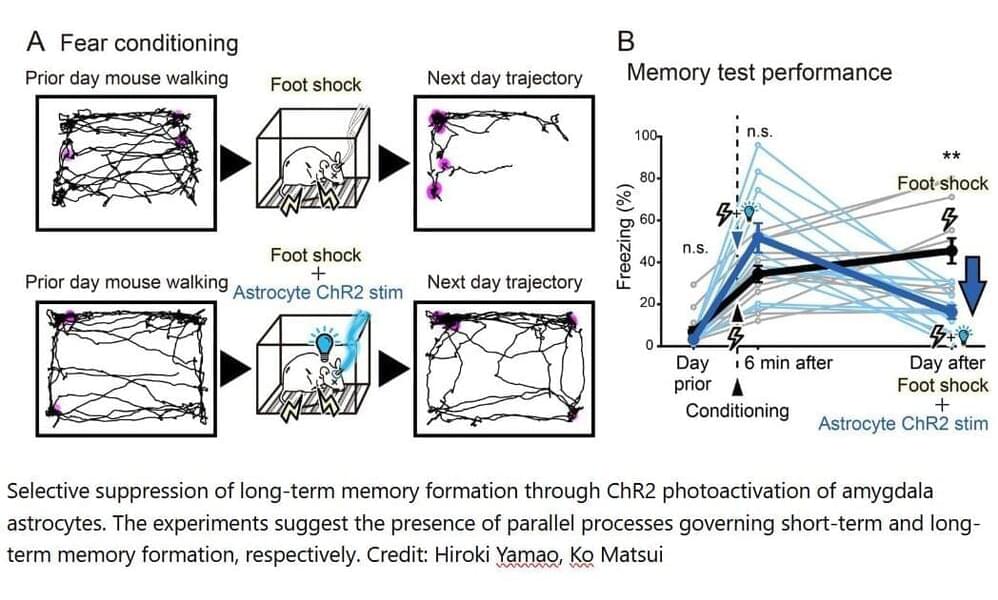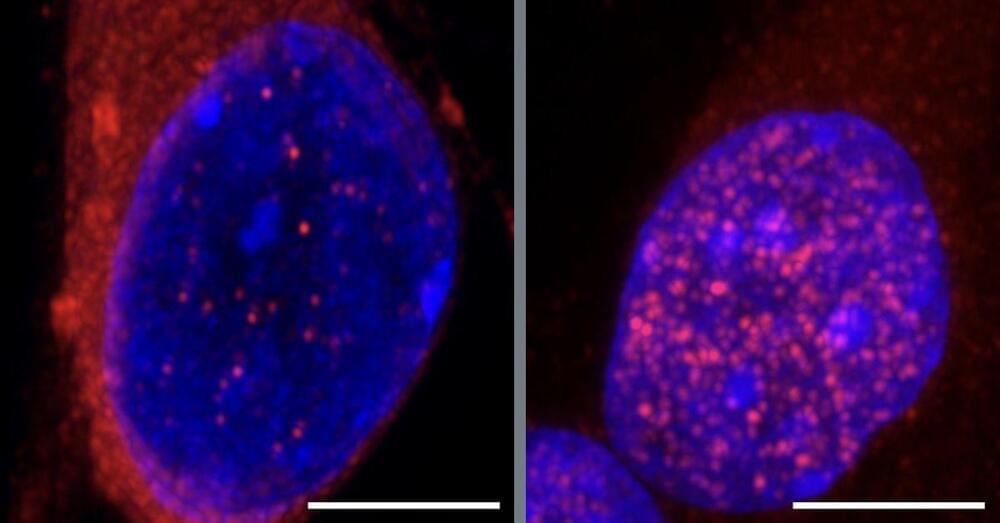♺ DETAILS
A pair of researchers, one with the Carnegie Institution for Science, the other with California Institute of Technology, has developed a possible solution to the Fermi Paradox. In their paper published in Journal of the Royal Society Interface, Michael Wong and Stuart Bartlett suggest that the reason that no aliens from other planets have visited us is because of superlinear scaling, which, they contend, leads to a singularity. (How do “Predator Civilizations” solve the Fermi Paradox?)
♺ Our Channels:
◻️ Evil Space — https://www.youtube.com/@DeepEvilSpace.
◻️ Espacio Profundo — https://www.youtube.com/@EspacioProfundo.
◻️ Raumfahrt — https://www.youtube.com/@Celeo_PT
◻️ L’ère de l’espace — https://www.youtube.com/channel/UC9BQnoR8w4KhHjVUGATg8Cw.
◻️ Weltraumreise — https://www.youtube.com/@Weltraumreise.
◻️ Space Journey — https://www.youtube.com/@SpaceJourney_
◻️ Злой Космос — https://www.youtube.com/@UC-RyhIEG3is1Sfe70-dHYQw.
♺ ANIMATION:
Jeremy jozwik: https://www.artstation.com/zeuxis_of_… Demin: https://www.artstation.com/darth_biomech Kristiityan Tavkar https://www.miragedereve.com Kris Holland of Mafic Stufios: www.maficstudios.com Sergio Boterio https: https://www.artstation.com/sboterod Bryan Versteeg http://spacehabs.com Keith Carson, Jarred Eagley, Udo Schroeter, Mihail Yordanov, Katie Byrne, Edward Nardella, Jarred Eagley, Justin Dixon, Misho Yordanov, Pierre Demet. Stefan Blandin. ♺ SOURCES:







